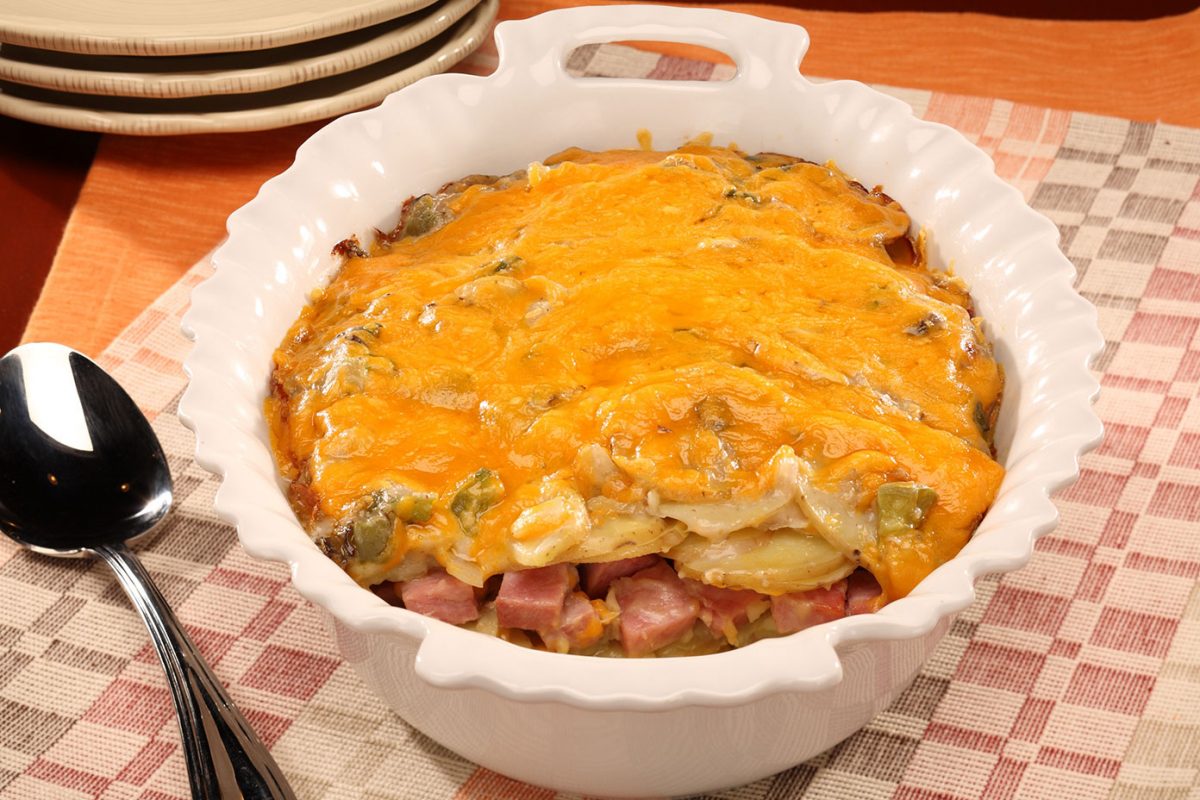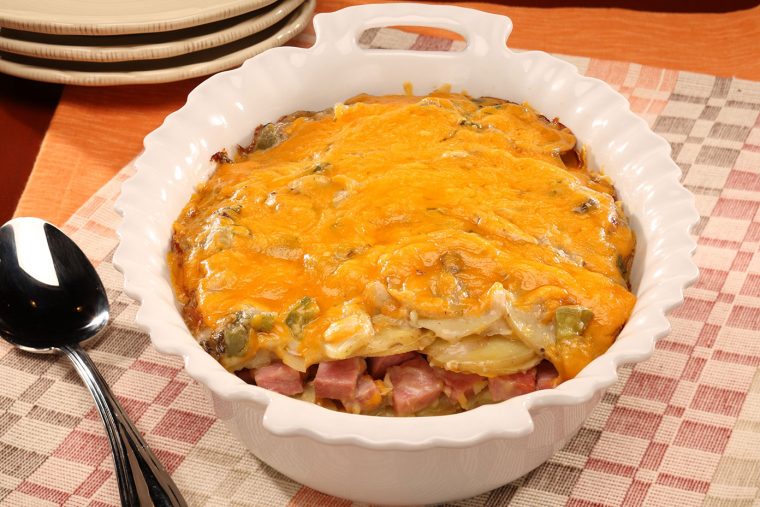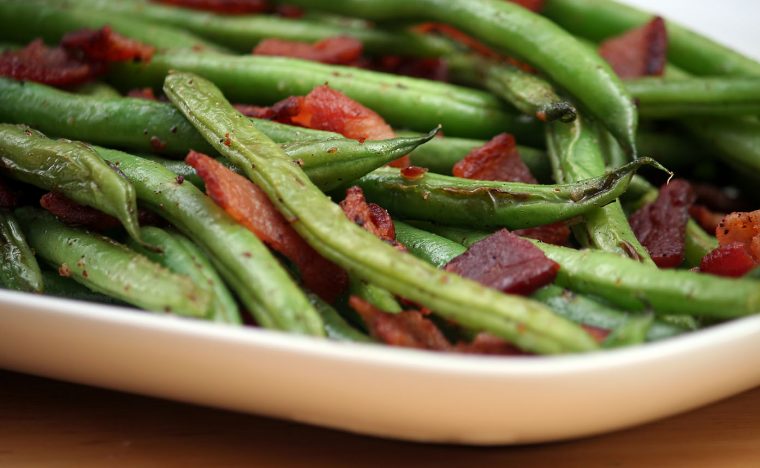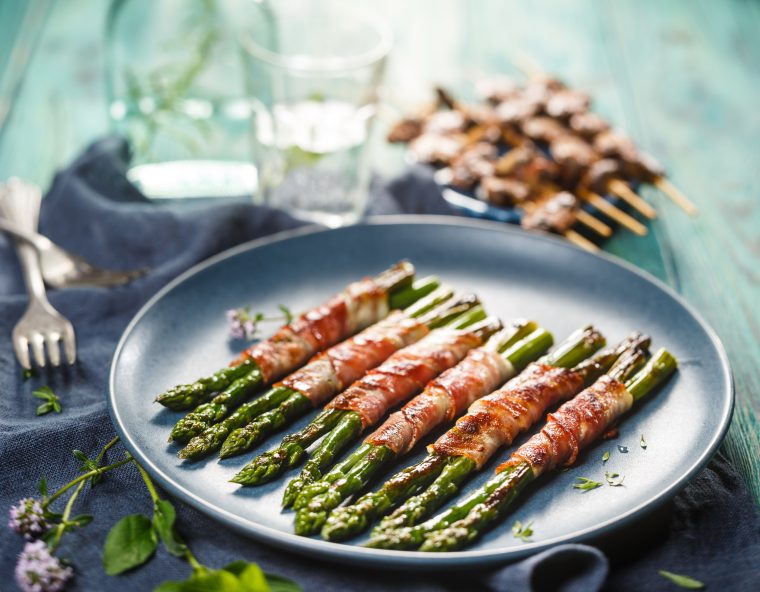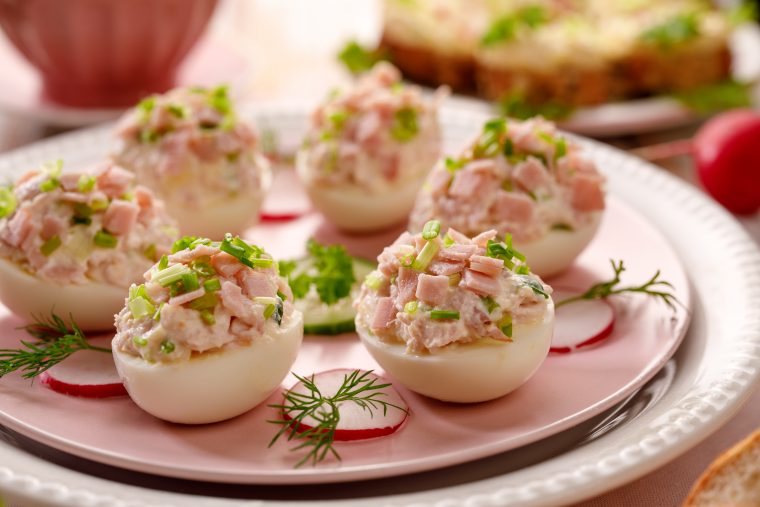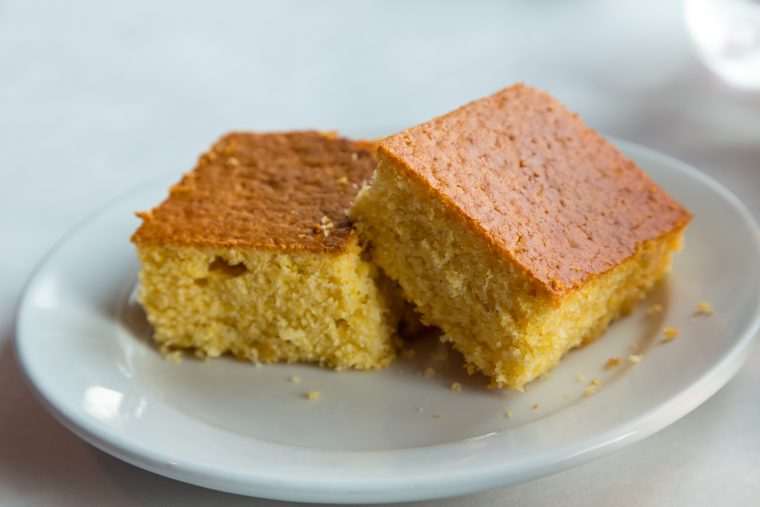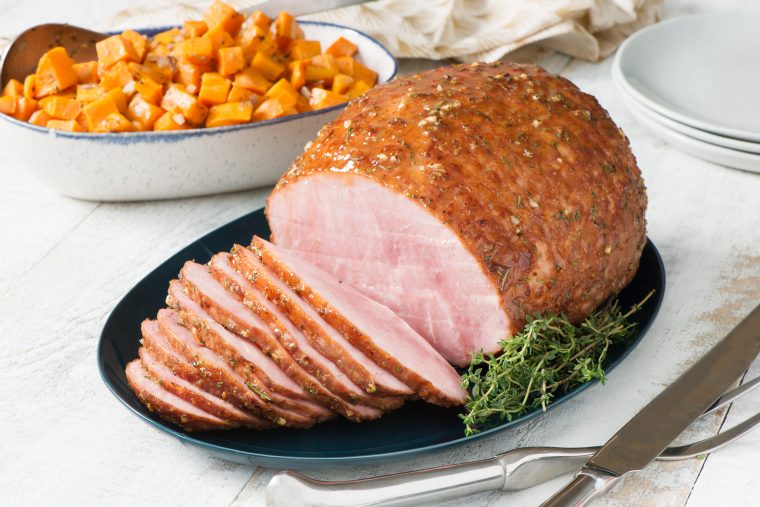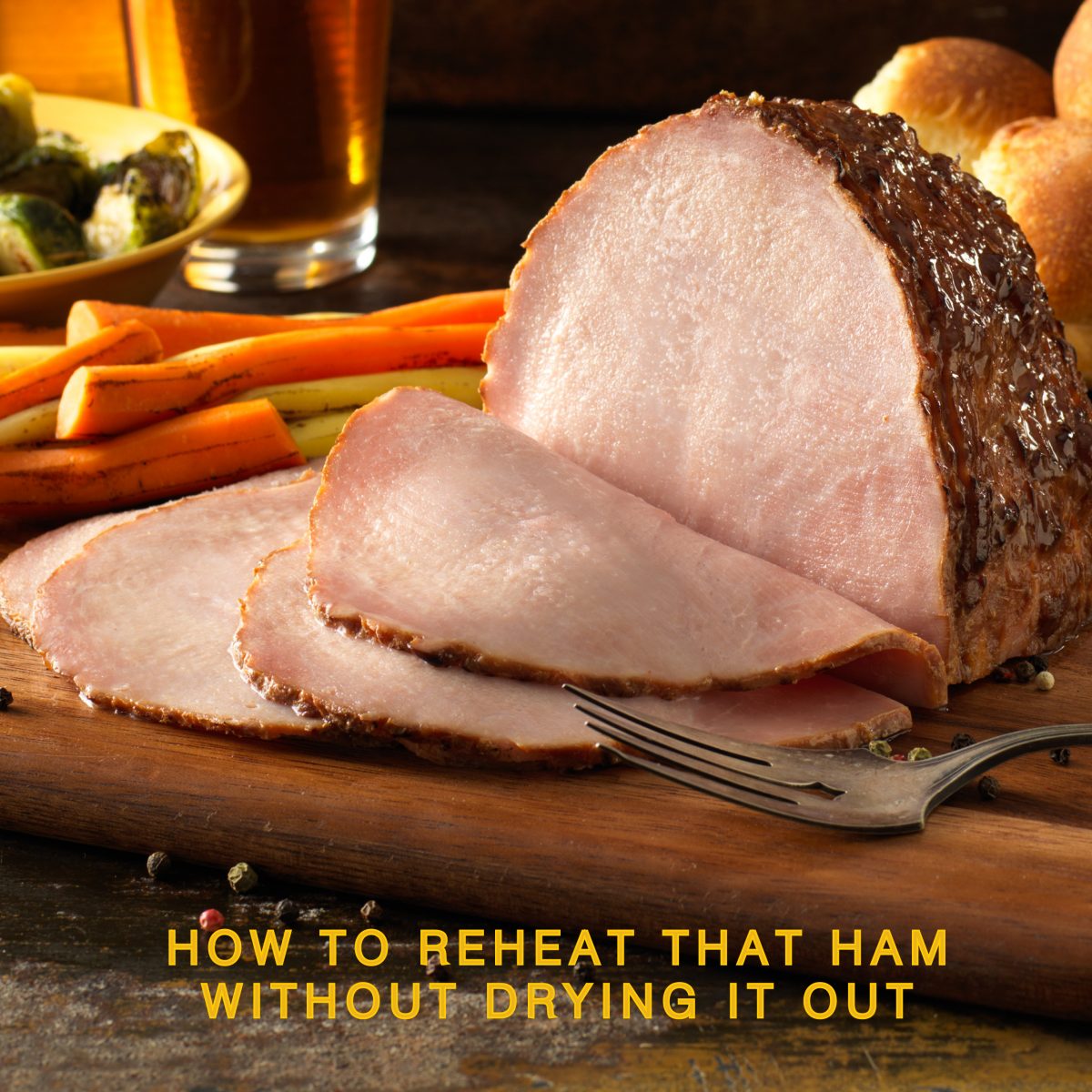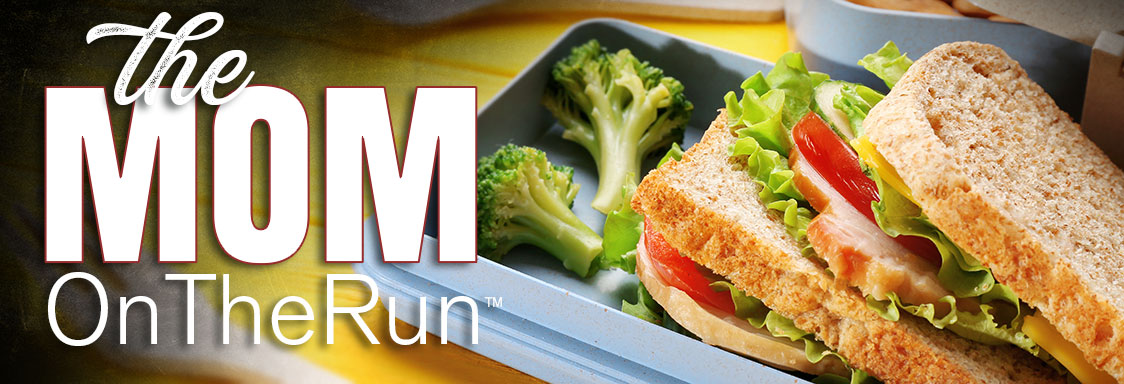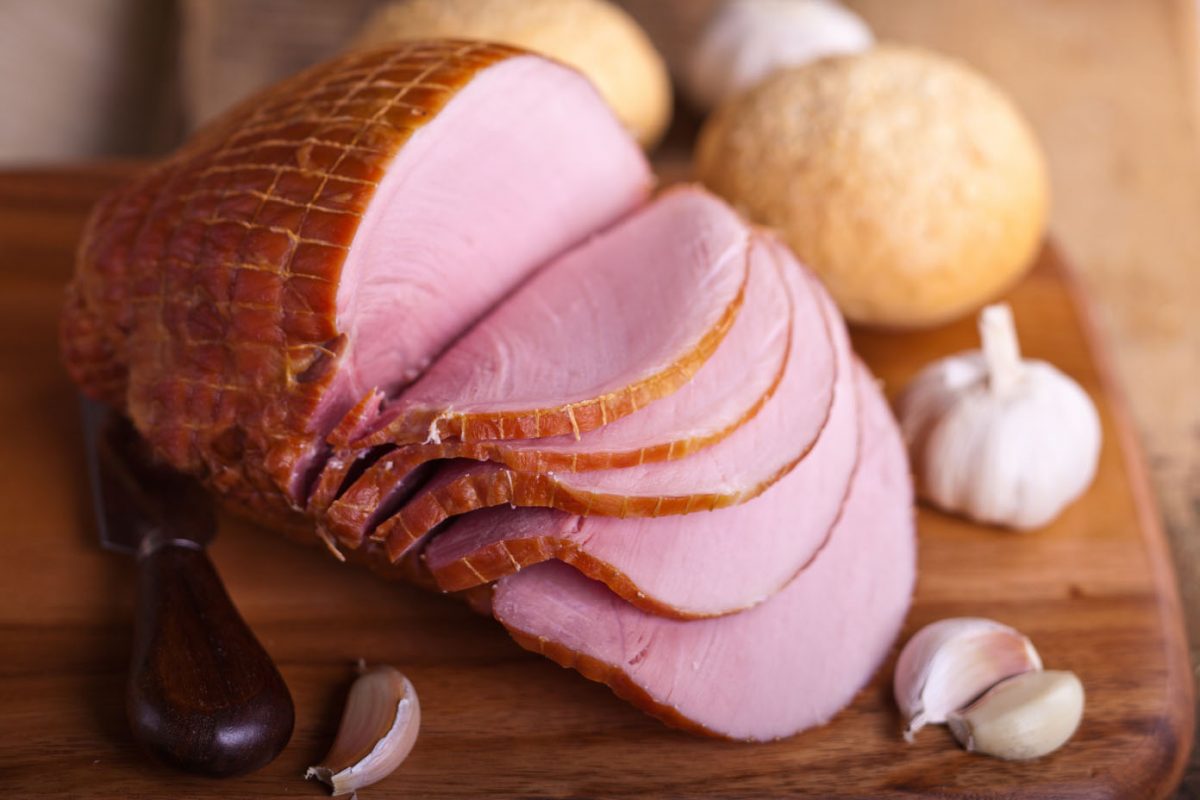Category: Kitchen Tips
Top Ten Side Dishes to Serve with an Easter Ham
Easter is a time of celebration, and what better way to celebrate than with a delicious ham as the centerpiece of your meal? Whether you are having a big family gathering or an intimate dinner with friends, a Kentucky Legend ham is a classic choice for Easter. But what are the best side dishes to serve with it? Here are ten options that are sure to please everyone at the table.
Easter is a time of celebration, and what better way to celebrate than with a delicious ham as the centerpiece of your meal? Whether you are having a big family gathering or an intimate dinner with friends, a Kentucky Legend ham is a classic choice for Easter. But what are the best side dishes to serve with it? Here are ten options that are sure to please everyone at the table.
1. Scalloped Potatoes
Scalloped potatoes are a classic side dish that pairs perfectly with ham. The creamy, cheesy potatoes are a comforting and delicious addition to any Easter meal. Plus, they can be made ahead of time and reheated when needed.
2. Green Beans Almondine
Green beans almondine is a light and flavorful side dish that is easy to prepare. The blanched green beans are sautéed with garlic and almonds for a nutty, savory flavor that complements the sweetness of the ham. If you’re looking for something a little heartier, you could also try our Bacon Green Beans.

3. Glazed Carrots
Carrots are a staple of many Easter meals, and glazed carrots are a popular way to prepare them. The carrots are simmered in a sweet and tangy glaze until they are tender and delicious, then roasted in the oven to add a slight char.
4. Roasted Asparagus
Roasted asparagus is a simple but elegant side dish that pairs well with ham. The tender asparagus spears are seasoned with olive oil, salt, and pepper, then roasted until they are crispy and delicious.
5. Macaroni and Cheese
Macaroni and cheese is a comfort food favorite that is always a hit at Easter gatherings. The cheesy, creamy pasta is a delicious complement to the smoky, salty flavor of ham. Bless our Southern heart, we’ve got three different mac ‘n’ cheese recipes for you to choose from depending on what cooking apparatus you have available: 1) a slow-cooker version, 2) a skillet option and 3) a casserole dish alternative.
6. Deviled Eggs
Deviled eggs are a classic appetizer that can also be served as a side dish. The tangy, creamy filling is a delicious contrast to the richness of the ham.
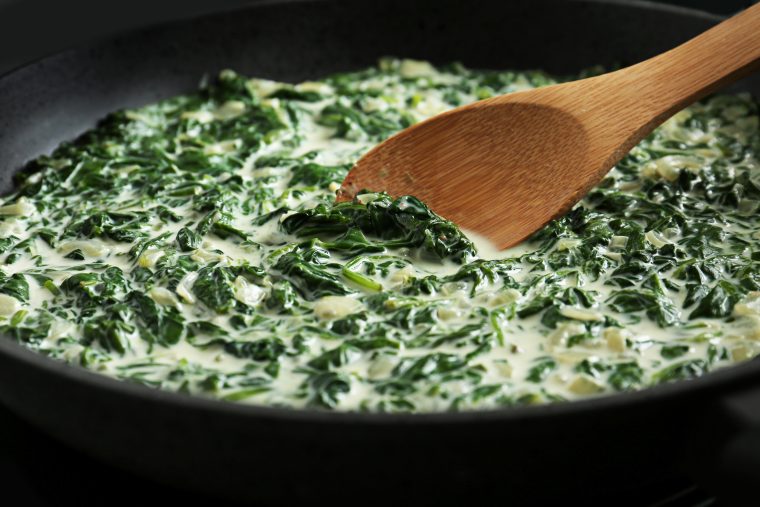
7. Creamed Spinach
Creamed spinach is a decadent side dish that is perfect for Easter. The spinach is cooked with cream, butter, and garlic until it is tender and flavorful.
8. Cornbread
Cornbread is a Southern staple that goes well with ham. The sweet, crumbly bread is a delicious complement to the salty, smoky flavor of the ham.
9. Baked Beans
Baked beans are a classic barbecue side dish that can also be served with ham. The sweet and savory beans are a delicious contrast to the salty ham. Another option is to make this ham and bean stew as an opening course for your Easter meal.
10. Sweet Potato Casserole
Sweet potato casserole is a comforting and delicious side dish that is perfect for Easter. The sweet, creamy sweet potatoes are topped with a crunchy pecan streusel for added texture and flavor. Alternatively, you could roast sweet potatoes right alongside your ham in a delicious herb and honey glaze.
The best part is, when it comes to Easter sides, there are no wrong choices–only multiple right ones! Any one of these 10 side dishes is sure to complement your Kentucky Legend ham and make your meal a memorable one. Whether you prefer classic comfort foods or more elegant options, there is something here for everyone. Happy Easter!
Kentucky Legend’s Ultimate Ham Thawing Guide
As the makers of the #1 selling boneless ham in the country, there’s a very specific nightmare that haunts us every holiday season: home cooks who fail to give their ham enough time to thaw.
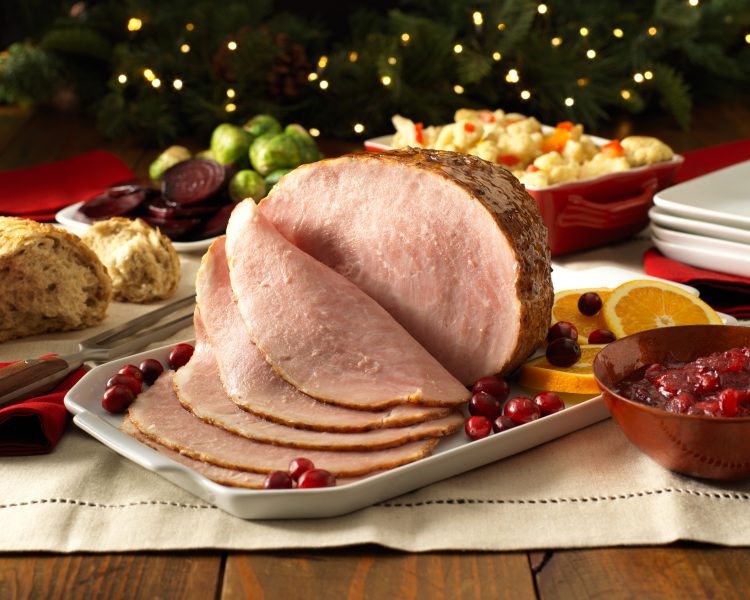 As the makers of the #1 selling boneless ham in the country, there’s a very specific nightmare that haunts us every holiday season: home cooks who fail to give their ham enough time to thaw.
As the makers of the #1 selling boneless ham in the country, there’s a very specific nightmare that haunts us every holiday season: home cooks who fail to give their ham enough time to thaw.
Believe it or not, y’all, every year far too many holiday hosts, some new to the task, and some who should know better by now, make this simple mistake, either from inexperience or just plain forgetfulness, what with all the million other things to do.
Well, we’ll be honest: there’s no worse feeling than preheating your oven only to realize your Kentucky Legend ham is still completely frozen!
Don’t jeopardize a legendary family meal. Check out our advice below on the best thawing methods as well as some options for when you’re in a pinch.
And, yes, go ahead right now and set a reminder on your phone for when to start thawing that ham!
In the Refrigerator
The best option is to thaw your frozen ham in the refrigerator for four to six hours per pound. So, if you have a five-pound ham, you should be prepared to thaw it in the refrigerator for a full day.
The good news is that thawing in the refrigerator doesn’t need to lead right up to cooking time. A ham that has thawed in the refrigerator can be kept in there an extra three to five days before cooking.
In Cold Water
The easiest way to do this is to fill up your sink with cold tap water so that the water covers your ham. But, first, make sure that your ham’s outer packaging is undamaged and leak-proof before submerging in the water.
Don’t be tempted to use hot water to speed up the thawing process, as hot water could cause the outside of the ham to heat up to a temperature where harmful bacteria are encouraged to multiply. (Read more about “What NOT to Do” below.”)
Drain and change the water every 30 minutes. To thoroughly thaw your ham, it will take 30 minutes per pound. While this method of thawing needs more attention, thawing your ham this way is much quicker.
In a Cooler
While not as traditional, thawing your ham in a cooler has the advantage of freeing up space in your probably overstuffed refrigerator.
Make sure that your cooler is also in a cool place, like a garage or basement. Check the inside temperature of the cooler from time to time and do not let it rise above 40 degrees F. If the temperature starts to rise, place ice packs around the ham.
In the Microwave
While it’s not recommended, if you forgot to use one of the methods above, you may be able to thaw your ham in the microwave if your ham is a quarter or petite size.
Be careful, since you’ll need to finish preparing the ham immediately after it’s thawed. You’ll also need to check your microwave’s manual for the minutes per pound and the power level; since each microwave varies. It’s very easy to accidentally “overcook” your ham when defrosting in the microwave and, thus, causing it to dry out.
What NOT to Do
To keep your ham safe, do not thaw your ham directly on the counter at room temperature or in hot or warm water. Thawing these ways creates the opportunity for harmful bacteria to grow on the surface of your ham.
And even if you think it’s cool enough in your garage, basement, car, outdoors, or on the porch, do not leave your ham to thaw in these locations! This is for food safety and to ensure the best quality ham is on your table.
Reheating leftover ham? Here’s the best way.
Reheating leftover ham doesn’t need to be a mystery. One hallmark of high-quality food is how good it tastes the second, third and fourth time around.
Reheating leftover ham doesn’t need to be a mystery.
One hallmark of high-quality food is how good it tastes the second, third and fourth time around.
Leftover Kentucky Legend ham can be an epic ingredient for assembling sandwiches, salads, casseroles, soups and more. (Need recipe ideas? Click here!)
Since all Kentucky Legend hams are precooked as part of our legendary double-smoking process, you’re really never “cooking” a Kentucky Legend ham for doneness.
In fact, you could cut cold slices right off our hams straight from the store to use for sandwiches or salads if you like.
Rather, when “cooking” a Kentucky Legend ham, you’re really just warming it up to a preferred temperature for texture and flavor.
From that perspective, the best way to reheat leftover ham is the same as the best way to heat it for the first time around.
So what’s the best way to (re)heat a Kentucky Legend ham?
- Place in an oven-safe baking dish.
- Cover top of ham with loosely wrapped aluminum foil to keep moisture in.
- Bake at 275 degrees F at 10 minutes per pound–or until meat thermometer reads 135 – 140 degrees.
While reheating leftover ham with your microwave is possible, microwaves also tend to remove a lot of the moisture, drying ham out. But, if you’re just trying to warm a few slices for a quick bite, who’s going to stop you?
You can also brown individual ham slices in a skillet or frying pan easily and quickly.
Shelf-Life Guide
How long is a ham good in the fridge? What about freezer? This helpful graphic shows the expected shelf life for Kentucky Legend products.
How long is a ham good in the fridge? What about freezer? This helpful graphic shows the expected shelf life for Kentucky Legend products.
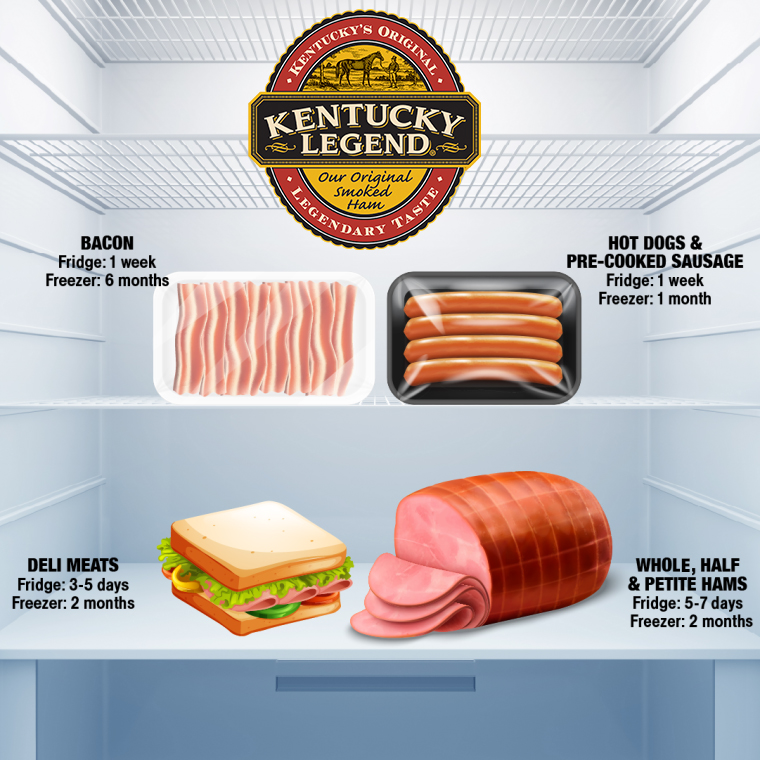
The “Mom on the Run” Talks Back to School Meal Prep
It’s that time of year again. Busy mom of six hungry boys, Colleen Burns offers her advice for stress-free back-to-school meal prep success.
It’s that time of year again.
Just when you got used to summer’s relaxed pace, the rise and grind of your kids’ school routine is back with a vengeance. From getting the kids out the door on time in the morning, to after-school activities like sports and choir practices, the to-do list in your head seems never-ending.
Thankfully, Colleen Burns is here to help.
Having raised six (hungry!) boys of her own, Colleen knows a thing or two about being a “Mom on the Run.” She especially knows how to whip together a quick and delicious meal that everyone in the family can enjoy.
Parents with kids of all ages will enjoy hearing Colleen share her favorite brands for simplifying meal prep.
Colleen especially likes the fact that Kentucky Legend’s ham and turkey come pre-cooked and pre-sliced, making for easy, grab-and-go DIY “sandwich bars” for after-school snacks or weeknight dinners.
Watch a recap of the Mom-on-the-Run’s advice below.
 Colleen Burns, aka the “Mom on the Run,” has a psychology degree, a background in childhood education and the real-life experience of raising six sons. A former national and local TV journalist, Colleen shares tips on parenting, travel, looking and feeling good.
Colleen Burns, aka the “Mom on the Run,” has a psychology degree, a background in childhood education and the real-life experience of raising six sons. A former national and local TV journalist, Colleen shares tips on parenting, travel, looking and feeling good.
Always on the lookout for the most successful mom and kid-friendly brands, Colleen loves to help families get the most from their lives, while saving time and money. She regularly appears on Lifetime, the CW Network and network affiliates in New York, San Francisco, Minneapolis, Chicago, Miami and elsewhere.
5 Tips from the Kitchen of Kentucky Legend
Cooking for live TV will teach you a thing or two. Here’s 5 important lessons we’ve learned to guarantee delicious outcomes.
- Read the recipe.
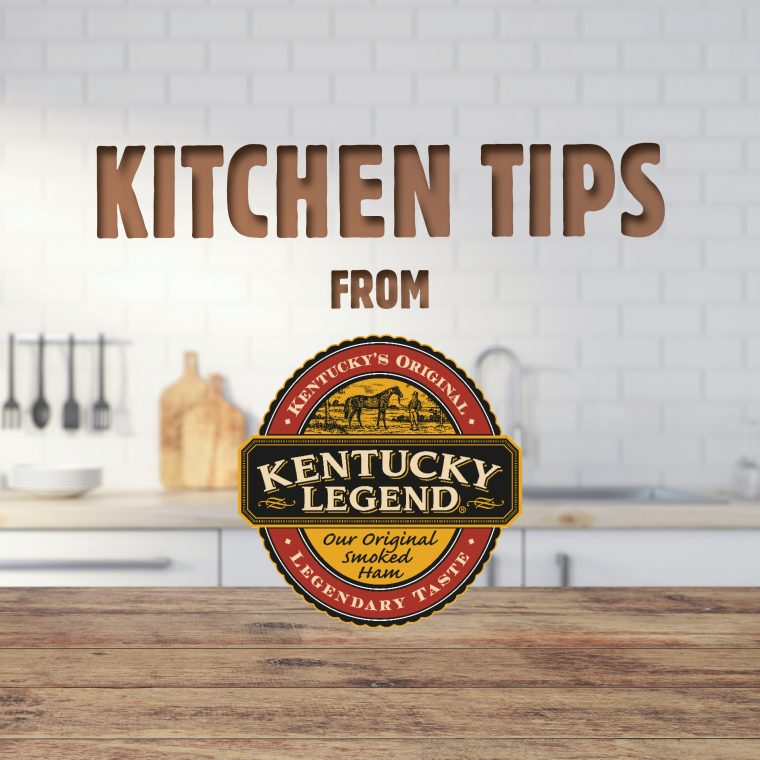
Do your homework before you hit the kitchen – a little thinking goes a long way! We can’t tell you how many times we’ve jumped into a recipe without understanding it first (we’ve all done it, right?!). Cue the frustrating mix-ups and consistency issues that are tough to fix! Although you can usually salvage a dish, save yourself the heartache and simply follow directions. This will help you prepare all the items you need. Think about it – the wrong sized pan can make or break a casserole. It’s all in the details and preparation.
- Keep your knives sharp.
Professional chefs always live by this one – keeping your knives in razor-sharp condition saves so much time in the kitchen and allows you to be precise. Remember, though: sharper knives require sharper responsibility. It might be wiser to remove that avocado pit with a spoon rather than your newly sharpened knife. We’ve definitely learned the hard way on this one.
- Everything expires (well, almost everything) …do a monthly clean-out.
This is a game changer! Meat is an obvious “eat or get rid of before things start to stink,” but condiments and seasonings expire too. Most seasonings last about a year and then begin to lose their punch. If you’re not ready to let go, you can toast in the oven or bust out your mortar and pestle and grind those bad boys back to life. You can test them by smelling them – if they’ve lost their fragrance, that’s a sign they’re expired. You might want to get into the habit of doing a monthly clean-out – gather all the old condiments, spices, and anything that’s run its course. When you cook often, it’s easy to wind up with five jars of Dijon mustard in the fridge. Jars or Dijon mustard are definitely not a collector’s item. Just say no.
- Practice important recipes before “the real deal”.
If your goal is to impress guests, this one’s for you – practice recipes before making them for a special occasion! Cooking is always harder in a high-pressure situation (hellooooooo, TV segments!), so give yourself some time to feel comfortable and make tweaks based on your preferences. Be sure to print your recipe and write your own notes so you don’t forget down the road. Not enough garlic? Too much onion powder?! #FreeWill #SelfLove
- Remember the date you take meat out of the freezer.
We’re all for freezing meat, especially considering our line of work. (Let’s be honest, hams tend to rack up and there isn’t always space in the fridge.) Freezing meat is perfectly fine and a great way to extend the life of your purchases, but make sure you remember when you take it out of the freezer. Grab a sharpie and write the freezer removal date from the package so you don’t forget! Meat only lasts a few days after this, so don’t stop the efficiency now. You’ve come this far.
How Much Ham to Buy for a Crowd
Quarter, half or whole? Check out our infographic for picking the right-sized ham for your gathering.

